Recent Breakthroughs in Root Canal Therapy
Archer Dental’s Root Canal Therapy is a compendium of scientific knowledge passed down through generations of dentists in a great scientific tradition where everyone stands on the shoulders of those who came before them. In the twelve years Archer Dental has been in business, our dental professionals have performed countless endodontic surgeries and so we know firsthand how things were done differently, not so very long ago.
Archer Dental’s own practice continues to evolve with new medications and better instrumentation and our own learning experiences. We’ve seen firsthand how things have changed, and the remarkable advances made by our industry’s leaders in just the last decade. But the challenge of improving oral health care has been a worthwhile and ongoing struggle since the early 1700s. What recent breakthroughs have changed root canal therapy?
How has root canal therapy been improved by science?
Root canal therapy has become easier and more effective since the 1990s because of four categories of advances. These are, 1) Nickle Titanium alloyed endodontic files, 2) better irrigation and disinfection systems, 3) enhanced optical devices for dentists, 4) and laser assisted root canal treatments. We’re so fortunate to live in the 21st Century, and when you see some of the groundbreaking new dental instruments below as compared to the 18th century, you may better understand our supreme good fortune; our society is wealthy with valuable knowledge.
1) Endodontic instruments made of Nickel Titanium alloys,
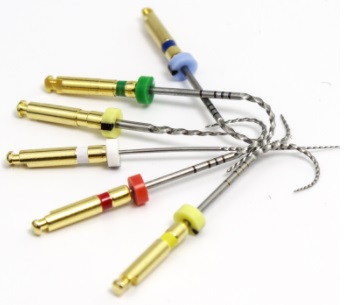

Nickel Titanium alloys developed for military purposes in the 1960’s and the continued development of rotary nickel-titanium blades in an angular file. This device has sharp cutting edges which are used to mechanically shape and prepare the tooth’s root canals during endodontic therapy or to remove any obturating material while performing retreatment. Introducing nickel titanium into rotary files used in endodontics has revolutionized the way root canal preparations are done, enabling more complicated systems to be shaped.
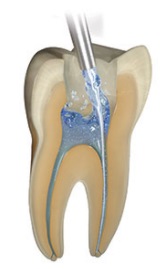

2) Better irrigation systems and acoustic streaming to disinfect root canals.
Without detailing the chemistry and physics of the procedure, let’s clarify that irrigation is more complicated with endodontic procedures because it’s actually part of the therapy. More than the chemical make-up of the irrigant itself, there are some new physics at play. New applicators use acoustic streaming which harness the circulation of fluid and hydrodynamic shear forces that occur around a vibrating object are used to help break-up the decay. Chemical irrigant and hydrodynamic applicators combine to become a doubly effective chemical canal disinfection procedure.
3) Enhanced optical tools for oral health professionals.
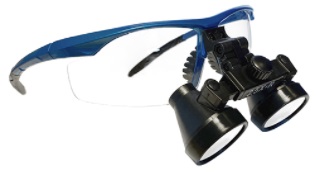

The next generation of optical loupes, or dental loupes, have high-quality glass with LCD components which help dentists better visualize their work during all surgeries but especially when performing root canal therapy. Monocular or binocular loupes generally have 3.5x magnification which is the most common setting. With a large field of view, most also have cameras which can record clear images of the area being viewed due to a generous depth of field (because there’s so much light). Having incredible vision is useful when performing root canal therapy.
4) Laser-assisted root canal treatment.
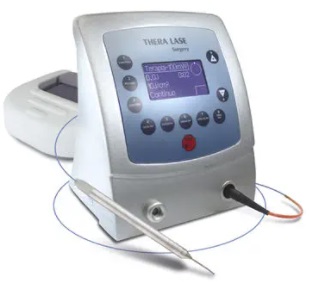

Light Amplification by Stimulated Emission of Radiation or LASER therapy can remove or modify both the soft and hard tissues of the mouth. The American Food and Drug Administration (FDA) has recently approved the use of lasers in root canal therapy. Lasers essentially emit intense focused light energy which can affect biological tissue. Lasers can now be used to open the surface of a tooth as well as to access the root canal, remove diseased tissue, clean, disinfect and shape the canal, and even fill it. Lasers are supplementing or even replacing drills and other traditional tools for root canal procedures because they’re more precise incisors which can target bacteria and infected material with greater accuracy, at times preserving more of the healthy tooth structure. Additionally, they can reduce discomfort by eliminating the jarring sounds of drills as well as reducing the amount of local anesthesia.
Breakthrough Dental Instruments of the early 18th Century
Since prehistory, as early as 7000 BC the tools for dentistry and jewelry-making were interchangeable. A bow drill used for drilling holes in shells and glass or ceramic beads could also be used for drilling holes in teeth. Specialized dental tools did not appear until the 14th century when Guy de Chauliac invented the Dental Pelican which was in use until 18th century. It was replaced by the Dental Key and that advancement appeared for the first time around 1730. It was a terrible device and is often associated in history with stories of tooth breaking, jaw fractures and soft tissue damage. Yet dental keys remained in use right up until the 20th century when they were replaced with modern steel forceps which are still in use today.
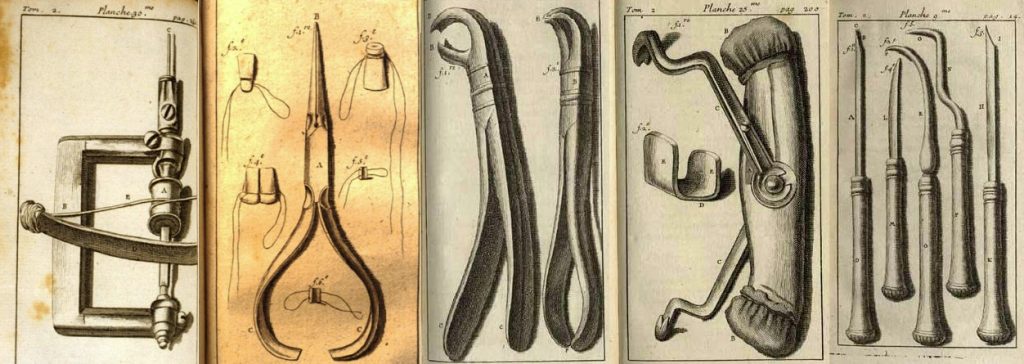

Pierre Fauchard moved to Paris in 1718 and frequently visited the famous Parisian libraries but was disappointed to find there were hardly any texts on dentistry. He was a French navy dentist and had acquired lots of practical experience and so he decided to write his own book based on his years in the field. It took him more than five years to write the two-volume book in which he described all the instruments he had invented.
What is the History of Root Canal Therapy?
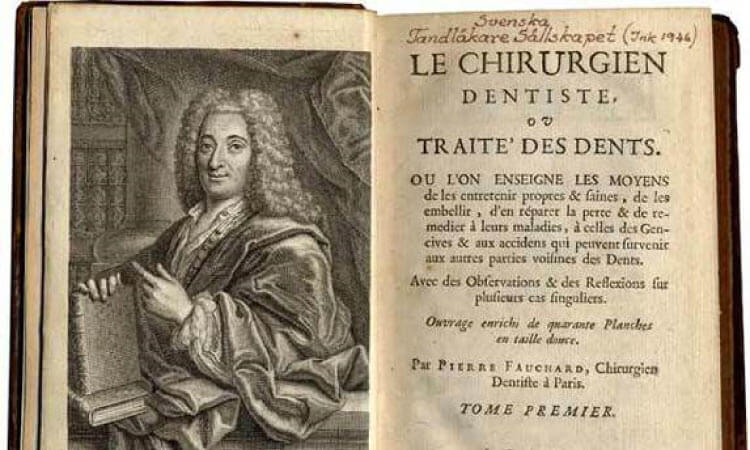

In 1723, a French Physician named Pierre Fauchard published his book Le Chirurgien Dentiste. The Surgeon Dentist, A Treatise on Teeth, proved the existence of root pulp within each tooth. Naming and illustrating the characteristics of this living tissue is now considered humanity’s first step toward diagnosing ailments and treating maladies in the region. Pierre is recognized today as being among the first medical practitioners in history to try and save teeth rather than simply extract them when they suffered damage and decay.
At the University of Angers, Pierre undertook revolutionary medical and dental techniques and pioneered the science of Oral and Maxillo-facial surgery. He regard himself as a Chirugien Dentiste or a surgical dentist, and he created his own dental equipment from jewellery, watchmaking and barbers’ tools.
In 1838, an American dentist named Edwin Maynard created the first root canal therapy tool, using a watch spring. This was however not Maynard’s most famous invention. Although a practicing dentist, he graduated from West Point and is better known as a firearms inventor who became wealthy for his breechloading rifle design. Twelve years after pioneering the surgery and patenting the device, he declined the position of Imperial Dentist to Tsar Nicholas I and instead became professor of theory and practice in Baltimore College of Dental Surgery.
In 1847, the biological material gutta percha was first used to fill root canals. One of the lesser-known commodities traded by the Europeans in the South Pacific, gutta percha is a method and material still practiced and used to this day. This neutral substance is from a tree in Malaysia called a percha tree. The sapwood is used as filler after the tooth’s canals have been cleaned and disinfected.
In 1895, German physicist Wilhelm Röntgen discovered X-Rays while working in his cathode-ray tube laboratory. The X-Ray allows for easier detection of root canal infection. One of Röntgen’s first experiments was to record the bones in his wife’s hand. Dental X-Rays show dentists the condition of teeth and also roots, jaw placement, and facial bone composition. They help dentists find and treat dental problems before they become too serious or advanced.


In 1943, the American Association of Endodontics was created and is currently headquartered in Two Prudential Plaza Building in Chicago where they publish The Journal of Endodontics which is the official journal of the American Association of Endodontists. This organization has given widespread credibility to endodontics and root canal therapy as an effective practice.
What Dental Tools are used for Root Canal Therapy?
Endodontic Burs – Burs are the first tools used during a root canal. They open the inside of the tooth so the canals can be reached. Burs come in different shapes and sizes depending on the type of tooth and treatment.
Root Canal Explorer – This small, pointed tool is used to explore the inside of a tooth once it has been opened by burs so the endodontist can find orifices. Sometimes an explorer may be used to remove small amounts of calcification.
Endodontic excavator – Similar to, but longer and sharper than, explorers, excavators remove small amounts of tissue from inside the tooth.


Barbed Broach – The barbed broach is used to remove the majority of tissue from inside a tooth. It is inserted into the tissue so its barbs will grab the tissues when the tool is removed.
Files and Reamers – Like long, thin drill bits, these tools come in a variety of sizes. They are used gradually, the smallest first, to open and widen the canals so they can be accessed by the next appropriate tool.
Gates-Glidden drills – This kind of drill bit helps to further open the canal, particular in molars. They are also used during root canal retreatment to remove gutta-percha, which is a putty-like material commonly used to fill root canals.
Peeso Reamer Drills – Peeso Reamer tool is used exclusively to remove gutta-percha during retreatment.
Dental homeopathy? Can the human body heal tooth decay all by itself?
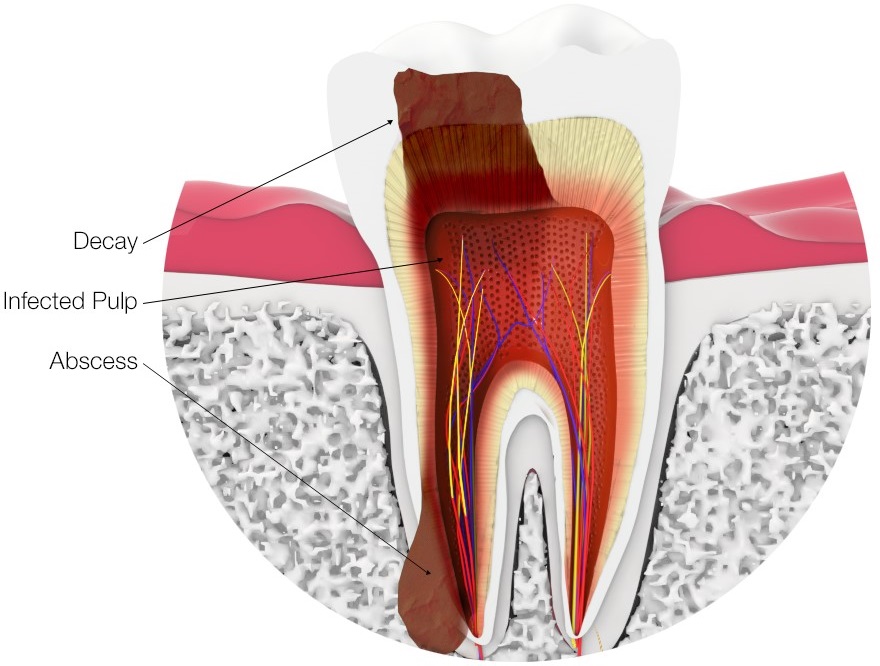

Unlike calcium bones, the human body cannot heal it’s own enameled teeth once they’ve become damaged. Cavities are the product of a tug-of-war that happens every day in peoples’ mouth. Teeth are surrounded by hard minerals that form enamel and while very strong, they’re not impervious to acid attack.
Root canal therapy is the treatment performed when the pulp, or the soft tissue inside of the tooth becomes infected. A human tooth contains blood vessels, nerves, and connective tissue deep in its roots. The root infection occurs due to an injury or a severe, untreated cavity. The root canal consists of creating an opening in the tooth to remove the infected pulp and then sealing the tooth to prevent against future infection.
How has root canal therapy procedure been improved in recent years?
Archer Dental’s Root Canal Therapy has evolved over time with new medication and instrumentation and our own experience; we’ve performed countless endodontic surgeries at all three locations in the many years we’ve been in business. There have been significant changes and new studies and equipment have affected the way we execute the procedure.
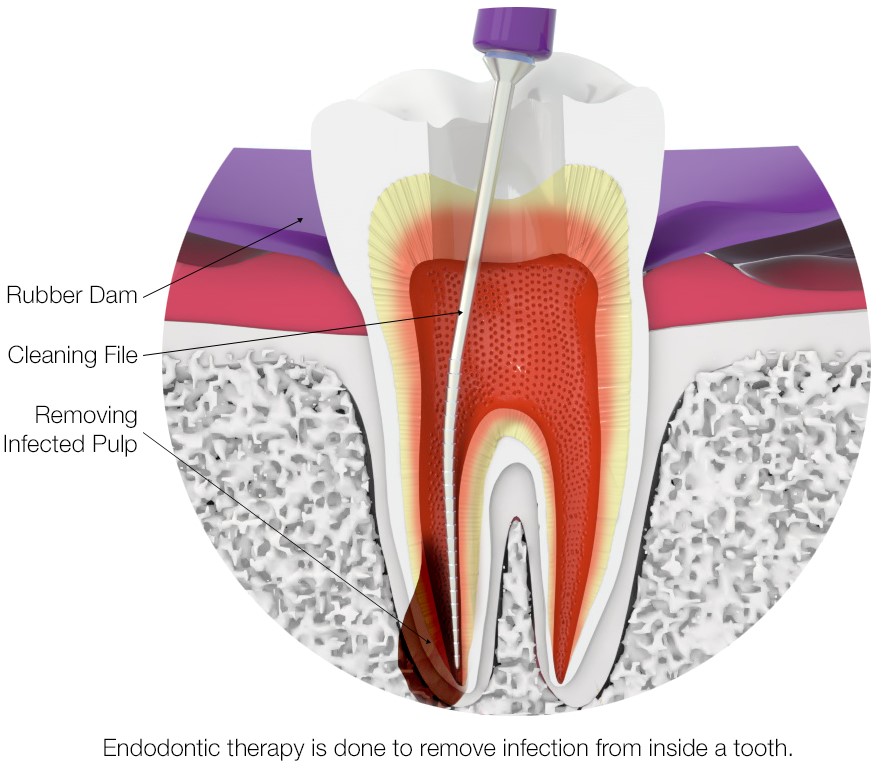

The last few decades new dental instruments have been developed for single use only. Archer Dental does not employ such systems as the disposable material must be handled separately from other recycling, and we’re so environmentally conscious we strive to reduce all waste. However, the advent of such instrumentation became more popular during the pandemic because it completely removes the risk of cross-contamination and dramatically reduces the potential for dangerous instrument breakage. These instruments are purchased exclusively in sterilized and sealed packages and are never used more than once. They are opened during the surgery and used for that patient exclusively.
Disinfecting the interior of the tooth is where modern science really shines. Once the dentist is done removing the damage and cleaning inside of the tooth, they need to disinfect the area and create a closed environment. The main aim of root canal therapy is to remove all microbial contaminants and then close-up and seal-off the tooth. This way bacteria from the mouth will not be able to get back inside. Root canal sealers along with the latest filling materials (the thermoplastic antecedents of gutta percha) play a major role in achieving the three-dimensional sealing of the tooth. New sealers help dentists fill the canals and accomplish this goal. These sealers are binding agents which are used to adapt the filling material to the interior of the tooth and to fill up the voids and gaps inside the tooth. Root canal sealers, although used only as an accessory material in the sealing of root canals, have been shown to influence the outcome of root canal treatment. Archer Dental offers patients the latest tooth fillers and sealing materials to create a dense fill with no voids. This helps to ease discomfort and ‘paves’ the way toward a speedy recovery.

